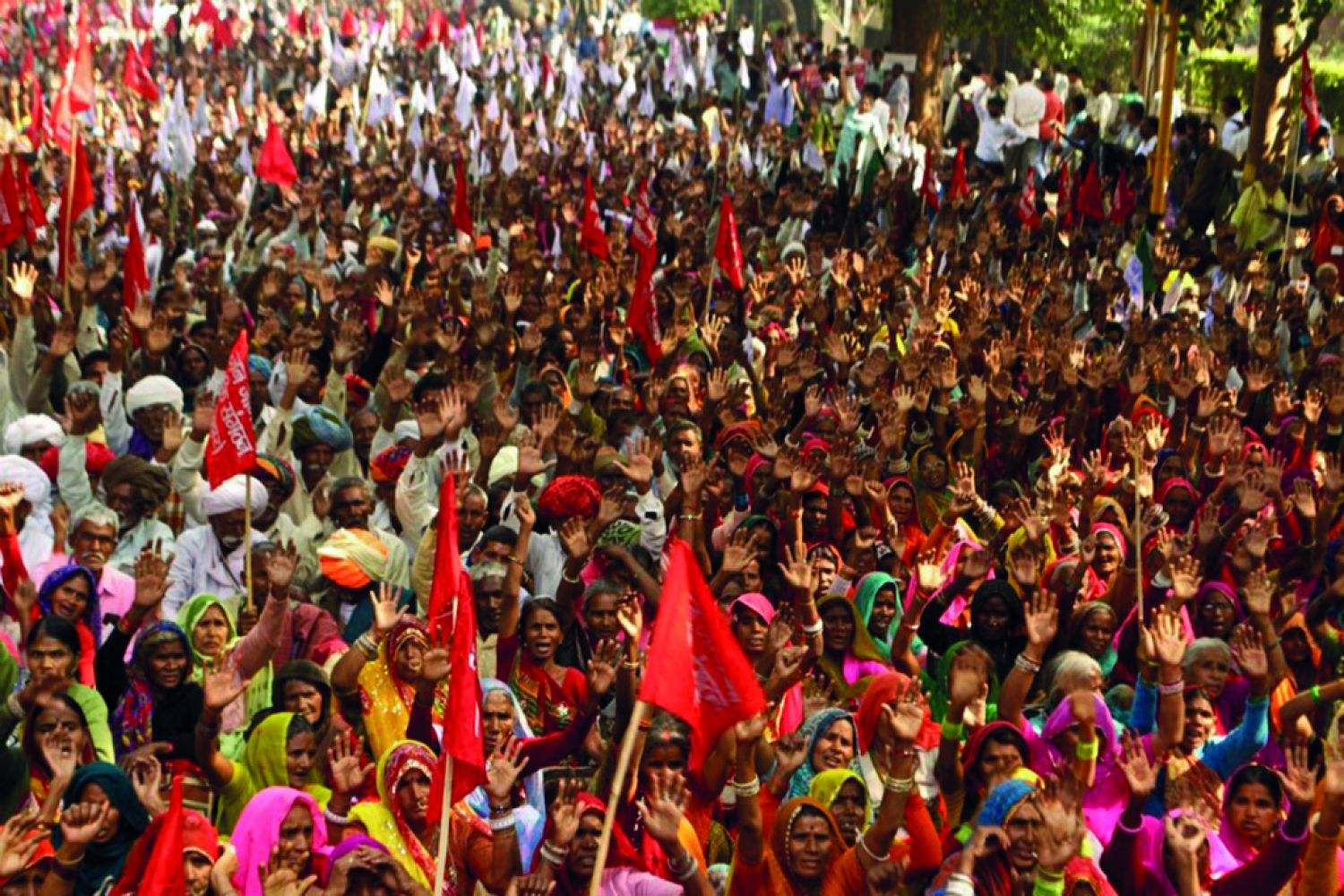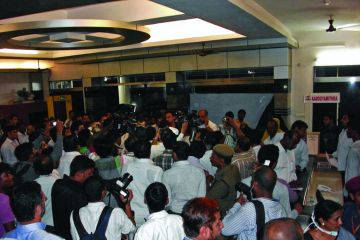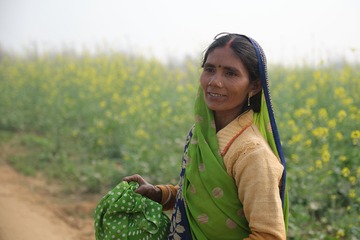
Binabai is sitting on
the ground towards the end of a long row of people, a white disposable plate in
front of her. Eating with her eyes fixed on the plate, she suddenly looks up.
Years of hard labour make her look older than her 65 years. Someone has just
called out for another serving of food, and there is a glint in her eyes. She
thinks for a second, and asks for two of the over-fried puris and some
potato gravy. One puri on her plate and she says, “Enough, enough.”
Smiling she sa





